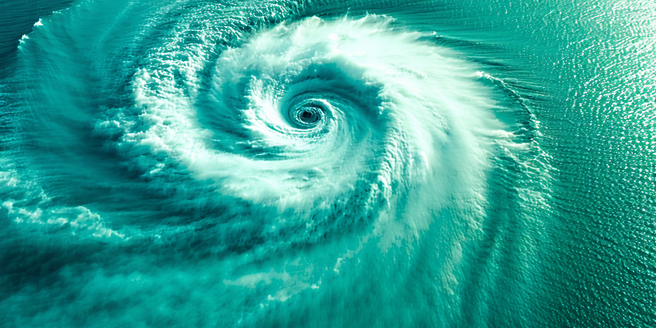
Understanding the Need for Severe Weather Alerts
Severe weather alerts are vital for protecting lives and property. They provide timely information, allowing individuals and communities to prepare for impending weather hazards such as hurricanes, tornadoes, and thunderstorms. With climate change contributing to more frequent and severe weather events, the importance of these alerts is increasing. Alerts help minimize risks by informing the public about the severity and expected progression of these events. Understanding the need for alerts involves recognizing the unpredictability of weather patterns and the potential for rapid changes that could result in significant damage or danger. Through education and awareness, communities can better appreciate the critical role that alerts play in ensuring safety. Coordinated efforts from meteorologists, emergency services, and government agencies are required to effectively utilize these alerts to safeguard the public.
The Evolution of Weather Forecasting Technology
Weather forecasting technology has evolved significantly over the years, leading to more accurate and timely severe weather alerts. Early forecasting relied heavily on observation and rudimentary tools, but advances in technology have revolutionized the field. The development of satellites, Doppler radar, and supercomputers has enhanced our ability to predict severe weather with greater precision. Today, meteorologists can track storm systems, monitor atmospheric conditions, and model potential scenarios more effectively. With the ability to share real-time data globally, collaborative efforts in meteorology have made forecasting more comprehensive and reliable. This evolution continues as new technologies emerge, such as machine learning and AI-driven analytics, further improving our capacity to understand and anticipate complex weather patterns.
Types of Severe Weather and Their Alerts
Severe weather encompasses a variety of phenomena, each with specific alerts tailored to their unique characteristics and impacts. Common types include thunderstorms, tornadoes, hurricanes, blizzards, and floods. Each type requires different alert protocols, thresholds, and response strategies. For instance, tornado warnings emphasize immediate sheltering, while hurricane alerts provide advanced notice to facilitate evacuations. Understanding these distinctions is crucial for effective preparation and response. It’s important for individuals to familiarize themselves with the alert systems relevant to their region. Alerts are issued based on meteorological data, observed conditions, and potential risk assessments, ensuring that individuals receive appropriate guidance for each situation. Public education and awareness campaigns further clarify these alerts, contributing to community resilience.
Challenges in Disseminating Weather Alerts
Disseminating weather alerts effectively poses several challenges, impacting their reach and impact. Varied access to technology and communication infrastructure can limit alert coverage, especially in remote or underserved areas. Language barriers and differing levels of technological literacy further complicate alert distribution. In many cases, people may not realize the urgency of alerts until it is too late to take proper action. Additionally, the proliferation of information sources, such as social media, can lead to misinformation or confusion during severe weather events. Ensuring clear, accurate, and timely alert dissemination requires collaboration among meteorologists, government agencies, and communication providers. Strategies like multilingual alerts, partnerships with local media, and leveraging mobile technology can help overcome these challenges.
Future Trends in Weather Alert Systems
The future of weather alert systems lies in enhancing accuracy, personalization, and accessibility. Innovations in technology, such as artificial intelligence and machine learning, promise more precise forecasting and alert generation. Personalized alerts, tailored to the specific needs and vulnerabilities of individuals and communities, are becoming increasingly feasible. Scientists and engineers are working tirelessly to ensure that these systems can reach even the most remote areas. Mobile technology and the Internet of Things (IoT) will allow real-time updates and hyper-local alerts, providing timely information directly to those affected. Furthermore, integrating social media and crowdsourced data will enhance situational awareness and community engagement. These trends aim to create more resilient societies by improving the effectiveness of weather alert systems.
